Table of Contents
What is Skirting?
It is a border, generally made of wood or tile, provided around the base of interior walls to protect them from specks of dirt, kicks, and other objects. It provides excellent polish, hides uneven edges, and guards against furniture tinkles.
Different types and patterns of skirting boards are now available as a result of fresh, contemporary concepts in interior design. Some of them include skirting made of wood, metal, pencils, etc.
This article provides a basic explanation of the function and varieties of skirting boards used in construction.
Purpose of Skirting
In some projects, skirting is a decorative element, and in others, it’s a way to conceal unsightly features in the interior walls.
They were known as “mop boards” because they guarded the wall against dampness while the floor was cleaned. The following list of uses for skirting is not exhaustive.
- To protect the wall-floor junction from harm.
- To avoid leaving dirt stains on the walls, when sweeping and cleaning the house,
- To fill in the void between the floor and the wall.
- To enhance the residence’s attractiveness.
- Give the furnishings and the wall some space.
- Prevent potential stains from furniture.
- Conceal any exposed or open wiring.
Types of Skirting
Based on the design and material utilized, there are various varieties of skirting boards. As follows:
- Wooden Skirting
- Metal Skirting
- Pencil Skirting
- Flush Skirting
- Continued Skirting
- Double-layered skirting
- Plastered Skirting
- Movable Skirting
- Bullnose Skirting
- MDF Skirting
- Colored Skirting
- PVC Skirting
Wooden skirting
Wooden skirting gives a home a posh, luxurious appearance. The finest option for marble and tiled flooring is this. The finest skirting material for light-colored floors, walls, and ceilings is wood.
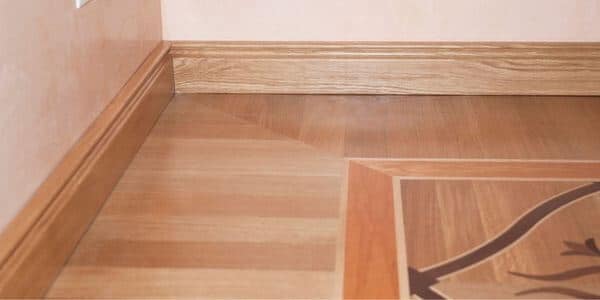
For decorative accents with an ornamental and vintage appearance, utilize wooden skirting.
On the market, wooden skirting comes in different finishes and sizes. This comes in different types and colors.
Metal Skirting
Stainless steel is a common material for metal skirting. The home area has a rich, contemporary appeal thanks to the SS skirting.
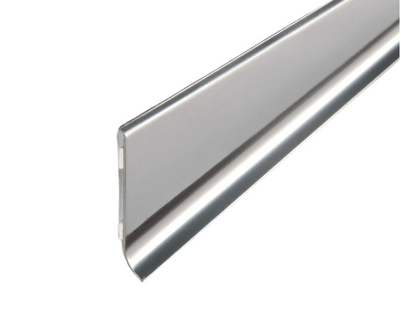
This style of skirting makes the interior feel lighter. The propensity for scratching in SS skirting is one of their drawbacks.
Pencil Skirting
When designing a space, pencil skirting is an excellent option for achieving a neat, finished aesthetic.
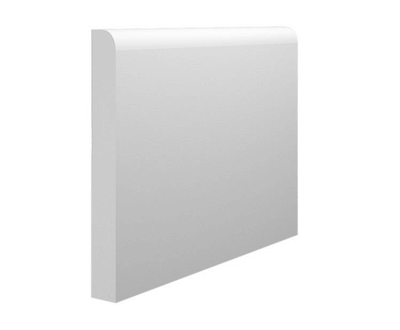
The extension gap is covered with pencil skirting, which also offers a good, tidy surface. This skirting is applied to plain as well as textured or decorated walls. The upper border of pencil skirting is often rounded.
Flush Skirting
In this instance, the skirting and plastering are flush with one another, indicating that they are on the same level.
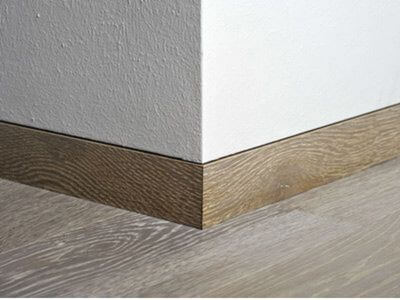
The internal space has a continuous appearance thanks to this skirting technique. They don’t accumulate dust as rapidly as skirtings that extend out of the wall since the wall and the skirting is on the same level.
Continued Skirting
This kind of skirting is offered as an extension of any interior space feature. The staircase is the same color as the skirting, which is dark brown, as may be seen below. The whole aesthetic is improved by this design to a new level.
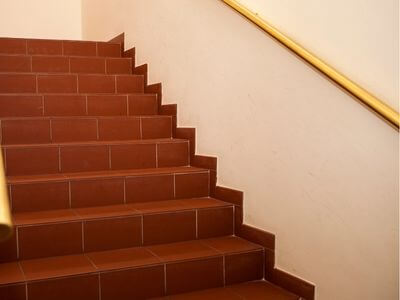
Double Layered Skirting
A double-layered skirting type includes two-toned skirting, as seen in the image below. The room’s skirting has two layers, which assist with the intricate pattern.
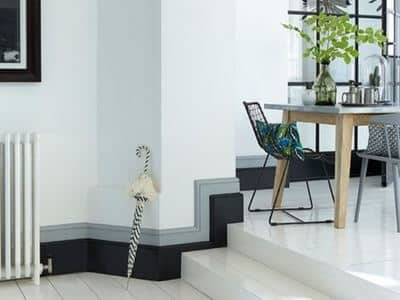
Plastered Skirting
Plastered skirting is a novel type of skirting board that adorns the walls and gives them a fashionable, contemporary appearance.
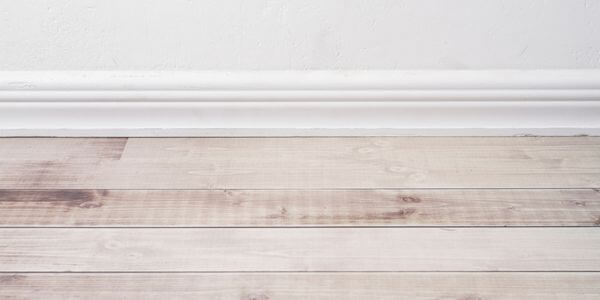
The smoothness of the wooden floor and the plaster on the walls becomes monotonous thanks to the slightly bulging plaster skirting.
Movable Skirting
Innovative floor skirting includes movable floor skirting. This is fitted beneath the cabinet and has a covert locker behind it.
When closed, the drawers resemble the skirting under the cabinet and may be pushed out to access the storage unit behind them. Small residences in the city can benefit from this creative design.
Bullnose Skirting
Bullnose skirting is employed to give the house a sleek, contemporary appearance. Bullnose skirting boards are offered in a variety of standard heights, from 50mm to 300mm.
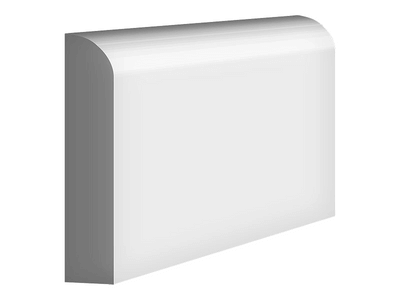
Bullnose skirting’s key benefit is that it requires less upkeep and is simple to clean. Any interior design style can use it.
MDF Skirting
The MDF skirting (Medium Density Fiber Skirting) Compressed fiber is used to make MDF skirting.
This kind of skirting comes in different styles. The two primary varieties of MDF skirting are pre-finished and pre-primed.
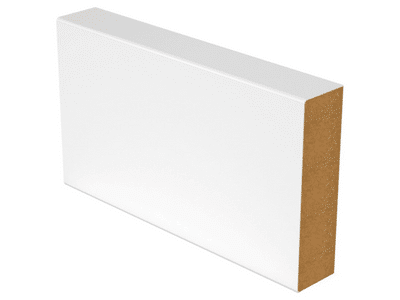
If you wish to eventually color and design your boards to your liking, pre-primed is great. Additionally, it is reasonably priced and durable enough. For traditional white skirting within the house, MDF skirting is a great option.
Colored skirting
In this type of skirting, the skirting board is painted a specific color. Since the MDF board is less expensive than HDF, it is frequently utilized.
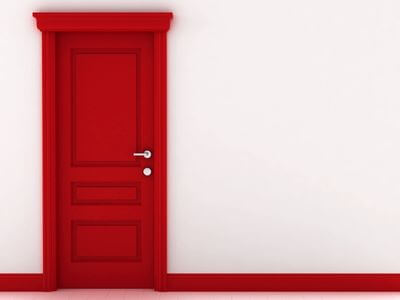
PVC Skirting
On the underside of the dividers over the ground, PVC skirting is nailed or taped in place. The PVC skirting sheet is easily customizable and can be painted or changed in color.
The gaps between the floor and the divider are covered up with PVC skirting boards. It completes the aesthetic look of your door and divider.
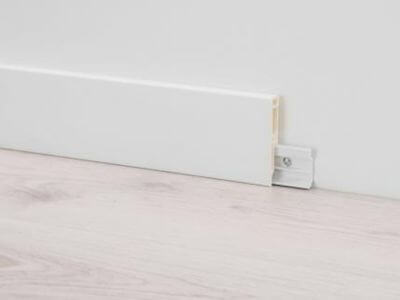
It completes the aesthetic appeal of your partition. Additionally, it provides excellent defense against water, moisture, scrapes, and scratches.
How do you decide which skirting board is ideal for your house?
Measurement and proportion
When selecting skirting baseboards for your home, take into account the size of the space; if the ceilings are high, you’ll need to select staking boards or baseboards that are higher or heightened.
Style
There are numerous skirting board design options. Choosing the one that will best match your home is entirely up to you; how you do so is completely up to you.
Materials
Materials have a crucial role in a variety of applications. The material of the skirting board or baseboard will be considered initially, as well as its general quality and durability.
Of course, we cannot neglect the aesthetic component in this situation, so you can choose from contemporary, classic, or traditional materials.
Maintenance
Maintenance must be considered if you want the baseboard to last for a long time, which means that before selecting the board, consider your daily activities and routine because maintenance requires time to clean it.
FAQs
What do you mean by “skirting”?
An interior wall’s base has a border put around it to shield it from kicking, dirt, and other objects. This border is often constructed of wood or tiles.
What is the purpose of skirting?
A skirting board’s primary purpose is to safeguard walls from harm. As residents of the home go about their everyday lives, walls are particularly susceptible to bumps and scuffs around their base. In order to prevent the plaster from splitting or cracking, skirting boards act as a barrier.
What are the types of skirting?
Types of Skirting
Wooden Skirting
Metal Skirting
Pencil Skirting
Flush Skirting
Continued Skirting
Double-layered skirting
Plaster Skirting
Movable Skirting
Bullnose Skirting
MDF Skirting
Color Skirting
PVC Skirting
Why is it called skirting?
When wealthy people were attempting to maintain the rich designs of their homes during the Victorian era, the phrase “skirting boards” was first used.
Also, Read
Standard Room Sizes And Their Location In A House
Standard Brick Sizes – Importance, Types, And Tolerance
Parapet Wall – Purpose, Uses, And Types
18 Most Popular Types of Wood And Their Uses